IoT’s Influence on Amusement Parks, Sports and Entertainment
IoT (Internet of Things) technology has made significant inroads into the entertainment, amusement parks, and sports industries, enhancing the overall experience for visitors and fans. Here are some ways in which IoT is being used in these distinct domains on our website, ‘IoT in Amusement Parks, Sports, and Entertainment Experiences.
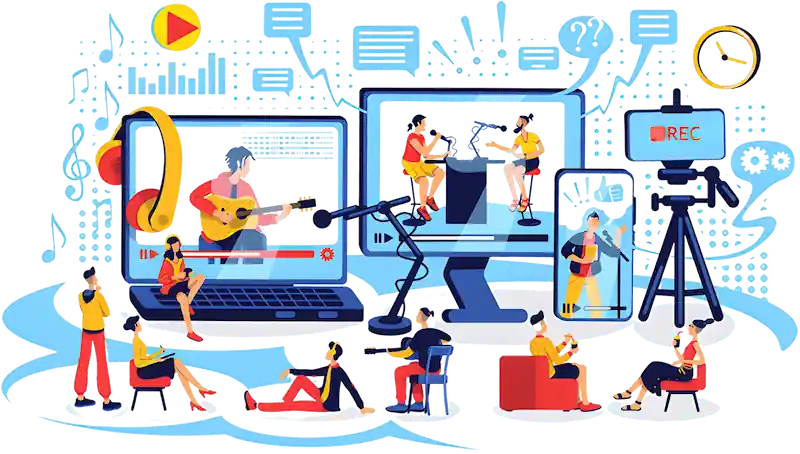
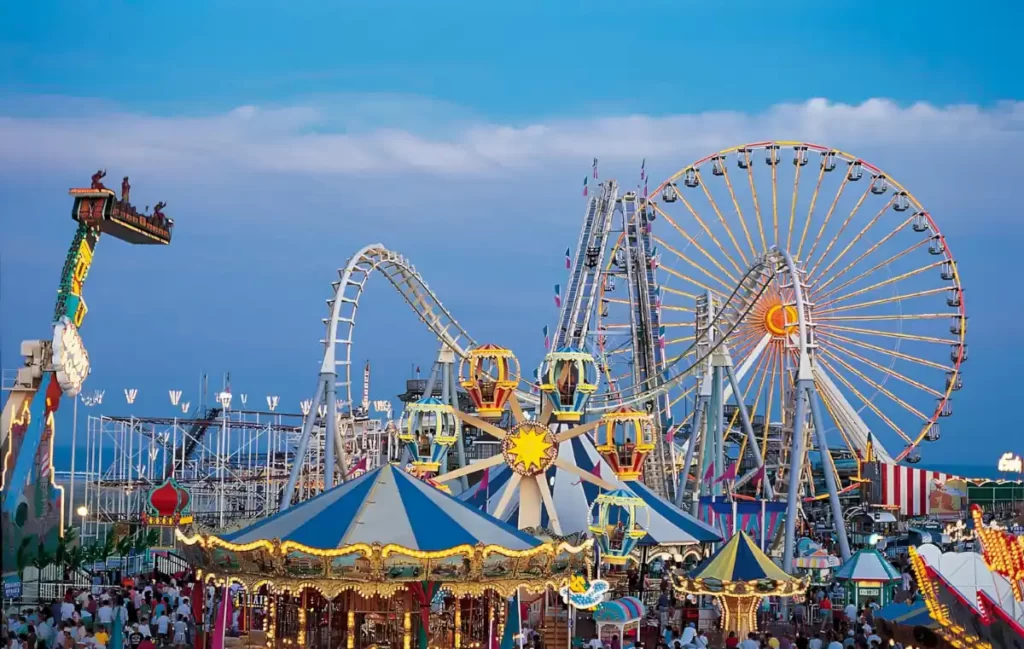
IoT in Amusement Parks
Smart Wristbands
Amusement parks often use IoT-enabled wristbands or RFID (Radio-Frequency Identification) technology to enhance visitor experiences. These wristbands can serve as tickets, enable cashless payments, and provide access to personalized experiences and rides.
Queue Management
IoT sensors can monitor the length of queues at various attractions in real-time. This information can be relayed to visitors through mobile apps or digital signage, helping them plan their day efficiently.
Asset Tracking
IoT can be used to track the location and status of park assets such as roller coasters, maintenance equipment, and food trucks. This ensures efficient maintenance and improves overall safety.
Environmental Monitoring
Sensors can monitor environmental factors such as temperature, humidity, and air quality to ensure the comfort and safety of visitors. Additionally, parks can optimize energy usage based on real-time data.
Personalized Experiences
IoT data can be used to create personalized experiences for visitors. For example, augmented reality (AR) applications can provide customized navigation, games, and interactive content.
Security
IoT-based surveillance systems with cameras and sensors can enhance security in amusement parks, helping to identify and respond to potential threats or incidents more effectively.
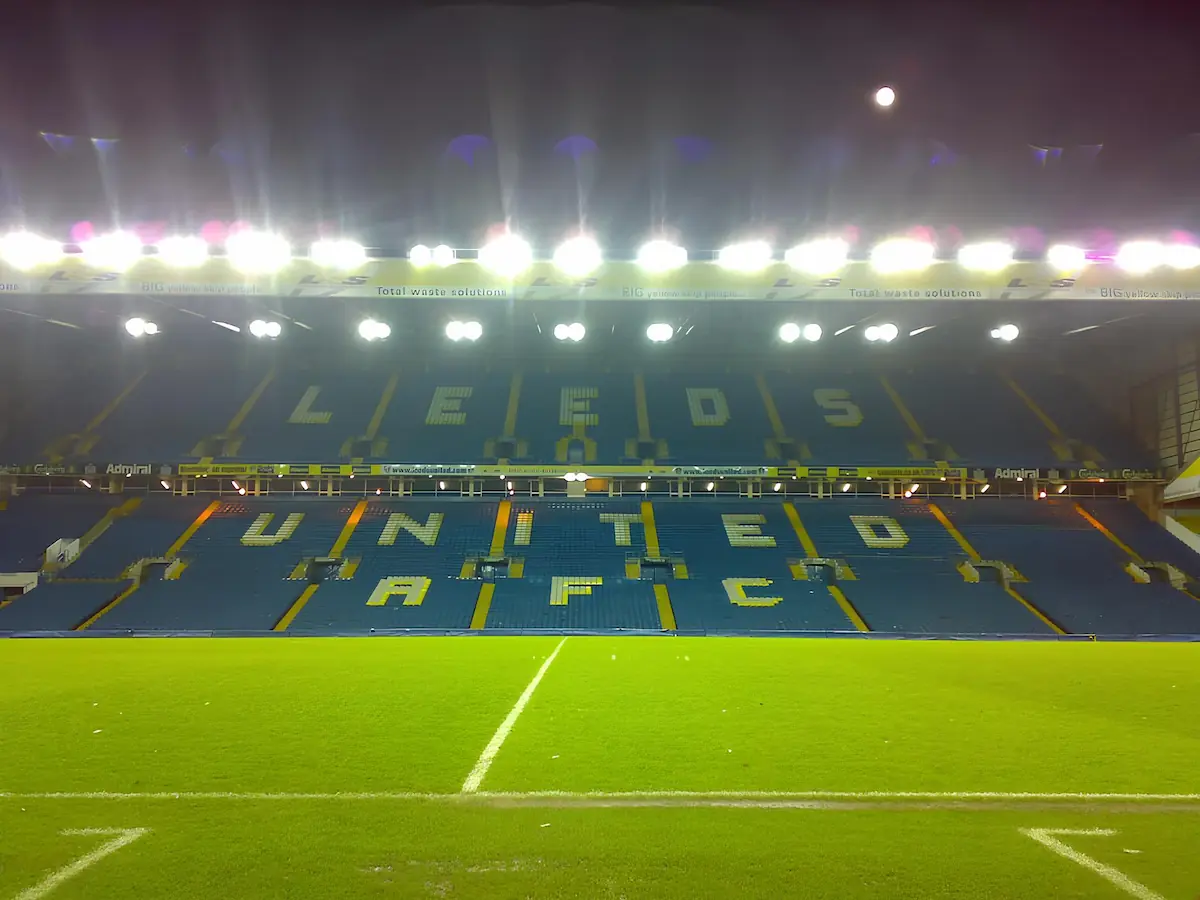
IOT FOR SPORTS VENUES
Fan Engagement
IoT is used to enhance the fan experience at sports events. Smart stadium apps provide real-time statistics, replays, and interactive features, enhancing fan engagement during the game.
Ticketing and Access Control
IoT-based ticketing systems streamline entry and access control, ensuring a smooth and secure experience for fans attending games and events.
Player Performance Monitoring
IoT sensors in athletes’ clothing and equipment collect data on player performance, such as speed, heart rate, and distance covered. Coaches and analysts use this data for training and tactical decisions.
Venue Management
IoT systems help manage and optimize various aspects of stadium operations, including HVAC systems, lighting, and energy usage, to reduce costs and improve sustainability.
Safety and Security
IoT-enabled surveillance cameras, access control systems, and sensors can enhance security within sports venues, helping to identify and respond to security threats quickly.
Maintenance and Facility Management
IoT sensors can monitor the condition of stadium facilities and equipment, facilitating predictive maintenance and reducing downtime.
Smart Lighting and Audio
IoT-controlled lighting and audio systems can be synchronized with game events, creating immersive experiences for fans and improving the atmosphere in the stadium.
Parking and Transportation
IoT can help manage parking facilities efficiently, guiding fans to available parking spaces and providing real-time information on public transportation options.
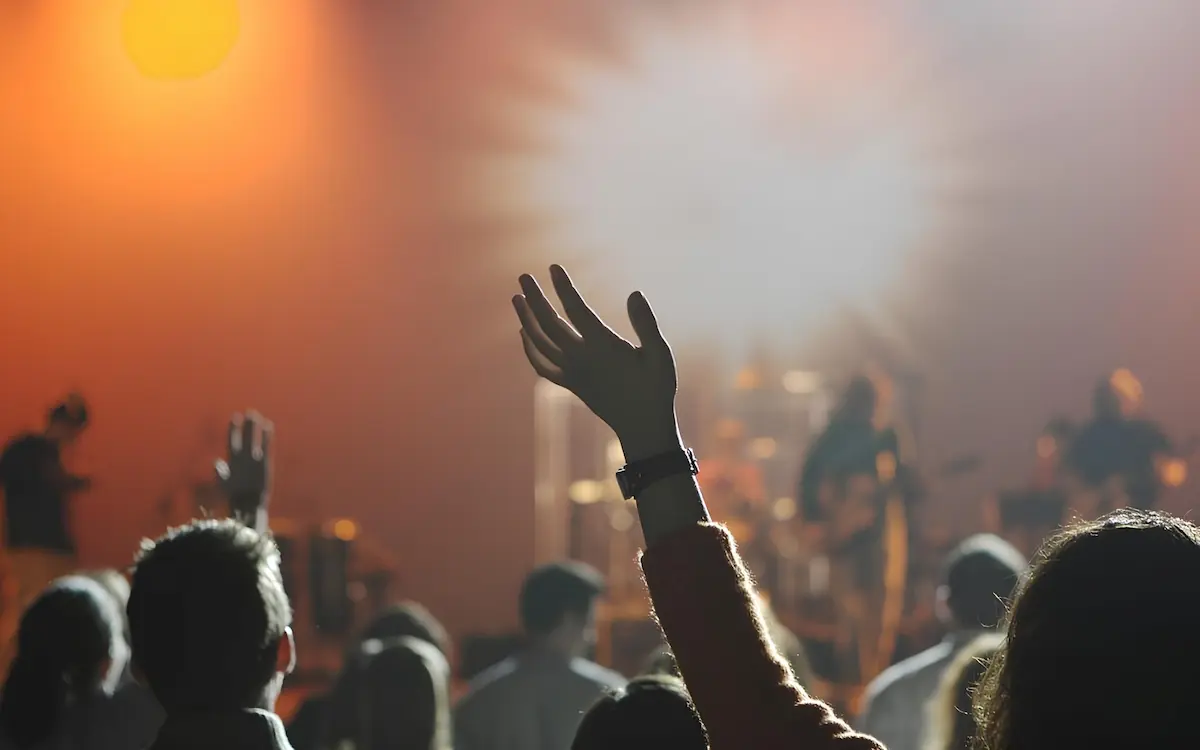
IOT FOR ENTERTAINMENT
The Internet of Things (IoT) has had a significant impact on the entertainment industry, transforming the way people consume and engage with content. Here are some ways IoT is used in entertainment:
Smart Home Entertainment
IoT-enabled devices like smart TVs, speakers, and streaming media players have become commonplace in households. They can be controlled through voice commands or smartphone apps, providing a seamless and interactive entertainment experience.
Enhanced Viewer Experience
Sensors and data analytics are used to personalize content recommendations based on user preferences and viewing habits. This helps streaming platforms like Netflix and Amazon Prime provide tailored content to their users.
Smart Lighting and Audio
IoT-connected lighting and audio systems can sync with movies or music, creating immersive experiences. For example, Philips Hue smart bulbs can change colors and brightness to match the mood of a movie scene.
Virtual Reality (VR) and Augmented Reality (AR)
IoT plays a crucial role in VR and AR applications for gaming and entertainment. VR headsets use sensors to track head and hand movements, providing a more immersive experience.
Theme Parks and Attractions
IoT is used in theme parks to enhance visitor experiences. For instance, Disney’s MagicBand uses RFID technology to allow guests to access rides, make payments, and personalize their visit.
Live Events and Concerts
IoT devices are employed at live events to improve crowd management, security, and audience engagement. For example, wearable wristbands can provide interactive experiences, such as synchronized light shows during concerts.
Gaming
IoT is integral to the gaming industry, with devices like gaming consoles, controllers, and accessories incorporating IoT technology for improved gameplay, online multiplayer experiences, and game updates.T plays a crucial role in VR and AR applications for gaming and entertainment. VR headsets use sensors to track head and hand movements, providing a more immersive experience.
Content Production
IoT sensors and cameras are used in filmmaking and content creation to capture data, monitor equipment, and improve production processes. Drones equipped with IoT sensors are used for aerial shots, and wearable devices can monitor actors’ health and safety.
Sports Entertainment
In sports, IoT is used for player performance tracking, fan engagement, and stadium management. Sensors in equipment and clothing can collect real-time data on athletes, enhancing analysis and viewer engagement.
Interactive Exhibits and Museums
IoT is used to create interactive exhibits and displays in museums and galleries, offering visitors a more engaging and educational experience.
Content Distribution
IoT helps content providers monitor the distribution of their media, ensuring quality control and optimizing delivery through content delivery networks (CDNs).
Gaming Arcades and Entertainment Centers
IoT has revolutionized traditional gaming arcades with connected arcade machines, ticket redemption systems, and immersive experiences.
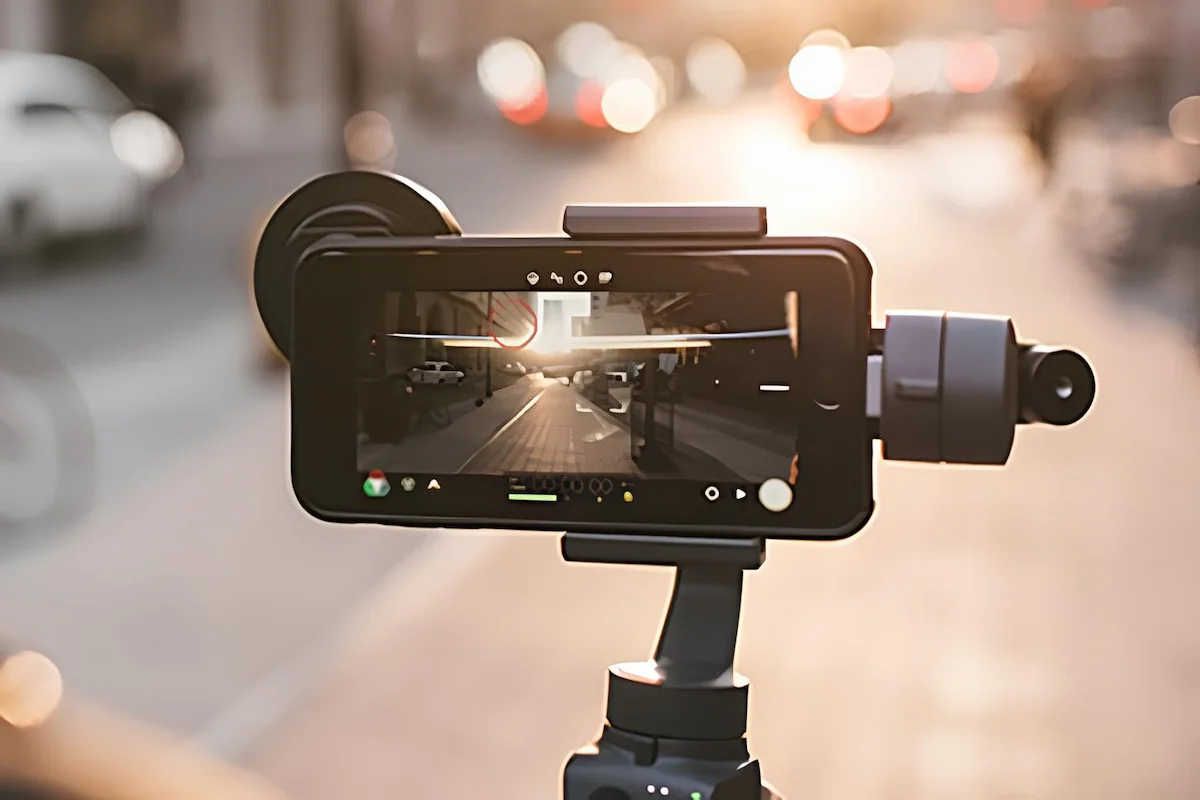
IoT can be effectively deployed in amusement parks and sports through a well-planned strategy
A comprehensive IoT strategy has the potential to revolutionize amusement parks and sports venues, ushering in a new era of enhanced experiences, operational efficiency, and safety. By establishing clear objectives and investing in the necessary infrastructure, such as sensors and smart devices, these entertainment destinations can collect and analyze data to derive valuable insights. These insights can be leveraged to create personalized visitor experiences through mobile apps, optimize energy consumption, and improve the overall safety of the premises. IoT-enabled attractions and rides can provide real-time status updates and safety information, further elevating the guest experience. Additionally, integrating IoT-based security measures and predictive maintenance practices ensures both the security of visitors and the longevity of equipment. As these venues continuously refine and expand their IoT strategies, they are poised to remain competitive and deliver cutting-edge entertainment for their patrons.